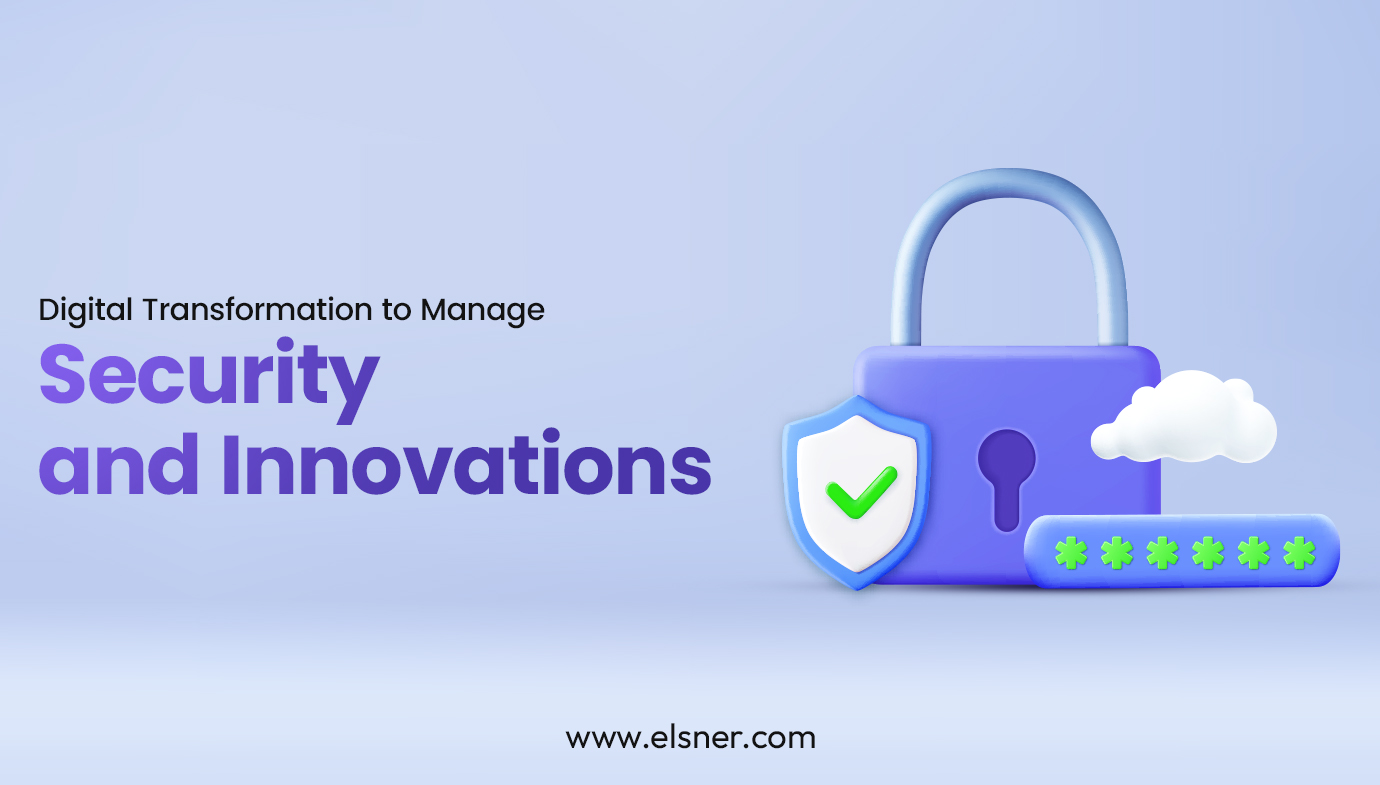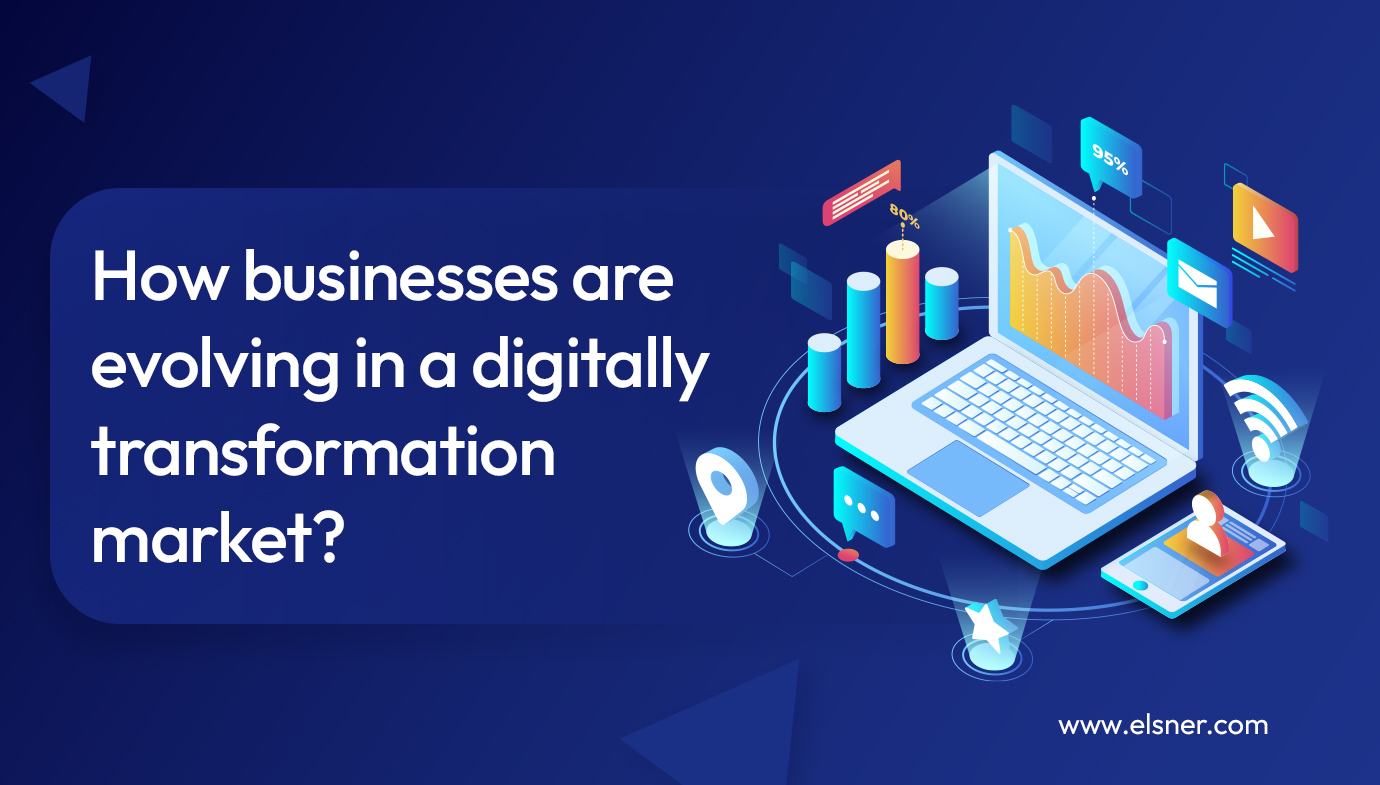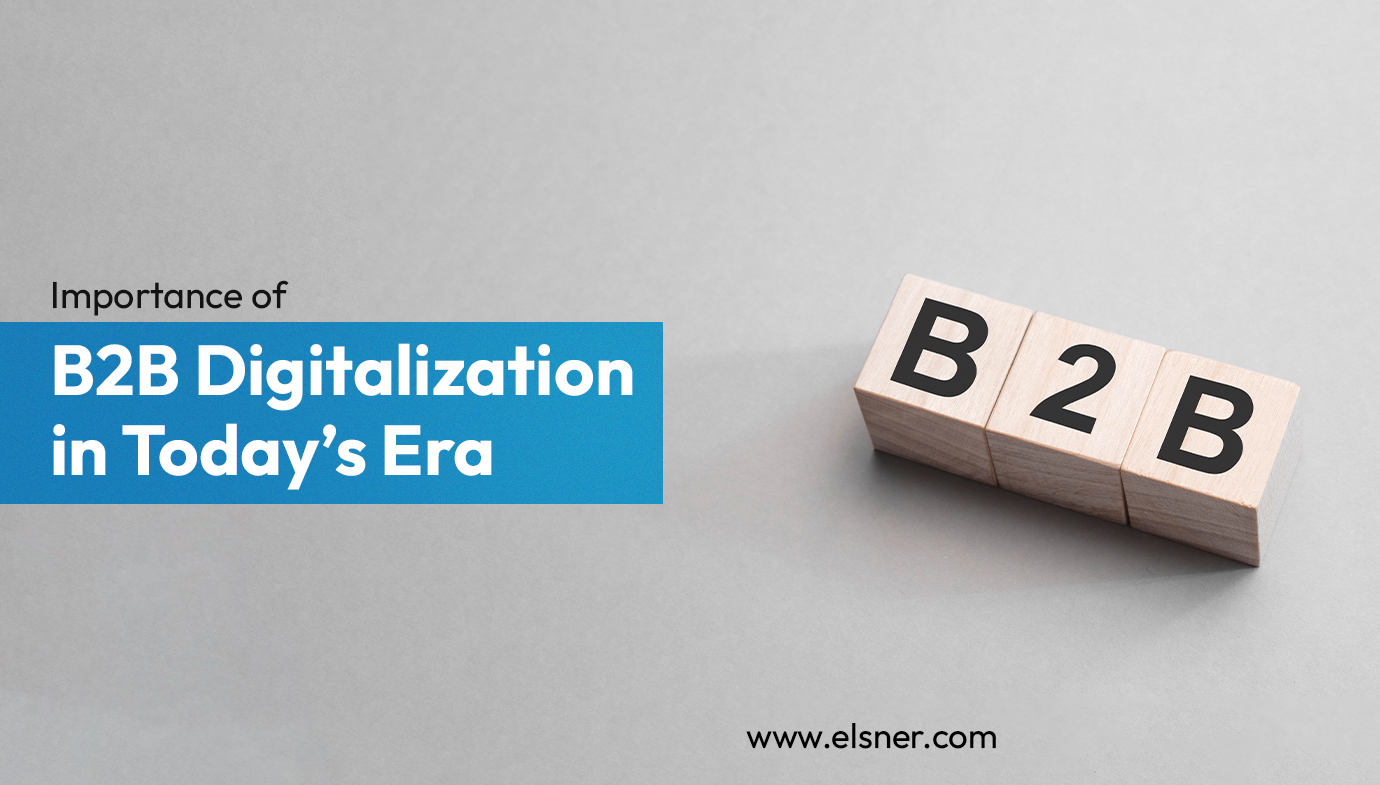- Why is digital transformation becoming popular?
- What are the trends to watch while handling security in digital transformation?
- Artificial Intelligence and Machine Learning
- Cloud Security
- Zero Trust
- Cyber Insurance
- What are the important elements of managing security during digital transformation?
- Risk Assessment
- Building Security
- Strong Access Controls
- Updated with Security Threats
- Best Security Strategies
- Continuous Monitoring and Testing
- Security policies and procedures
- Cybersecurity tools and technologies
- How to manage security threats during digital transformation?
- What are the advantages of bringing digital transformation?
- Improved customer experience
- Increased efficiency and productivity
- Competitive advantage
- Enhanced innovation
- Better data management
- Improved decision-making
- Cost savings
- Increased agility
- Conclusion
Did you know that around 82% of websites have faced at least one data breach while implementing new technologies? Most digital transformation services ensure safety from cyberattacks and data breaches that are effective brand value.
New technologies and digital solutions are making a big impact in the industry. This blog post will share insights on handling security and innovation during digital transformation. We will cover key areas, including risk assessment, access controls, employee training, monitoring, and testing.
Why is digital transformation becoming popular?
It involves adopting digital technologies to streamline operations and enhance customer experience. While digital transformation can offer significant benefits, such as increased efficiency, productivity, and cybersecurity innovations, it also brings security risks that must be effectively managed.
Digital transformation has changed the process of business operations, bringing about new opportunities for growth and innovation. However, with new technologies and processes, organizations face new security challenges that must be addressed. In this blog, we will explore how organizations can handle security and innovation in digital transformation.
What are the trends to watch while handling security in digital transformation?
Artificial Intelligence and Machine Learning
AI and ML technologies can help organizations identify and respond to security threats in real time. With the right security tools AI can automate threat detection and analysis, while ML can improve the accuracy of threat detection and response.
Cloud Security
With increasing cloud technology, organizations must ensure their cloud environment is secure. This involves securing data and applications stored in the cloud, protecting cloud infrastructure, and ensuring regulatory compliance.
Zero Trust
This model is gaining popularity as a security framework. This model assumes all network traffic is potentially malicious and requires verification before granting access. This model focuses on authenticating users, devices, and applications before allowing access to sensitive data or systems.
Cyber Insurance
As cybersecurity risks increase, organizations are turning to cyber insurance to secure the financial impact of a breach. They can cover the costs associated with a data breach, such as notification, credit monitoring, and legal expenses.
What are the important elements of managing security during digital transformation?
Risk Assessment
Digital transformation can expose organizations to various security risks, including cyber-attacks, data breaches, and system failures. Conducting a thorough risk assessment is the first step in handling security and innovation in digital transformation. The assessment should identify potential risks, including vulnerabilities, threats, and impacts.
A risk assessment should involve evaluating the current state of security, any vulnerabilities, and potential risks associated with the transformation. It should also consider the data and systems that the transformation will impact.
Building Security
Security should be an integral part of the digital transformation process rather than an afterthought. It is essential to involve security experts in designing and developing new systems and applications. This will help identify potential security risks early in the process and build security measures to design and develop new systems and applications.
Organizations should implement secure coding practices and adopt security frameworks, such as the National Institute of Standards and Technology (NIST) Cybersecurity Framework, to ensure security is built into the transformation process.
Strong Access Controls
Access controls are critical in ensuring that only authorized users can access sensitive information and systems. Strong access controls include multi-factor authentication, role-based access controls, and regular audits of user access privileges.
Organizations should also implement the least privileged access, granting users the minimum permissions required to perform their job functions. This helps to limit the scope of a security breach and prevent unauthorized access.
Updated with Security Threats
The security landscape is constantly evolving, and new threats emerge regularly. Organizations should be updated with the latest threats and vulnerabilities and take appropriate measures to mitigate them.
This includes regularly updating software and systems to ensure that they are patched against known vulnerabilities, monitoring the security of third-party providers and suppliers, and implementing threat intelligence and incident response plans.
Best Security Strategies
Employees play a critical role in maintaining the security of digital systems. Regular training on security best practices, including password hygiene and phishing awareness, can help prevent security breaches.
Organizations should provide regular security awareness training to employees, including training on and responding to the latest security threats. This can help to create a security-conscious culture within the organization, where employees are empowered to play an active role in maintaining security.
Continuous Monitoring and Testing
Continuous monitoring and testing can help identify security vulnerabilities and ensure security controls work effectively. Regular security testing includes vulnerability scanning and penetration testing, which should be part of the ongoing security program.
Organizations should also implement a security information and event management (SIEM) system to monitor security events and alert security teams to potential security incidents. This can help to detect security breaches early, minimize their impact, and facilitate an effective response.
Security policies and procedures
Developing and implementing security policies and procedures is crucial to ensure that all employees, contractors, and partners understand their roles and responsibilities in maintaining a secure environment. This includes access control, data protection, incident response, and disaster recovery policies.
Cybersecurity tools and technologies
Implementing appropriate cybersecurity tools and technologies such as antivirus software, VPN for Mac or Windows devices, intrusion detection and prevention systems, firewalls, and encryption solutions can help detect and prevent cyber-attacks.
How to manage security threats during digital transformation?
There are multiple security risks of digital transformation which requires support from experts or special tools to handle. Some methods to overcome those are:
- Security strategy: Building a security infrastructure that includes risk management, vulnerability assessments, and incident response plans is essential. This strategy should cover all aspects of digital transformation, including hardware, software, networks, and data.
- Secure technology: Ensure that the technology used in the digital transformation is secure and up-to-date. Use encryption, firewalls, and other security technologies to protect the data and systems from cyber threats.
- Training on cybersecurity: Educate employees on best practices and policies to prevent data breaches and cyber-attacks. Regular training can help employees understand the importance of security and how to protect sensitive data.
- Culture of security: Establish a culture within the organization by emphasizing the importance of security and accountability. Motivate employees to report suspicious activity and provide them with the necessary resources.
- Foster innovation: Encourage innovation and experimentation within the organization. This can be done by creating an innovation lab or providing resources for employees to explore new technologies and solutions.
- Agile methodologies: Use agile product engineering methodologies to respond quickly to changing needs and requirements. This approach allows for continuous improvement and innovation while addressing security concerns.
- Regular security audits: Regularly audit the security of the digital transformation to identify any weaknesses or vulnerabilities. This can help prevent data breaches and cyber-attacks before they occur.
What are the advantages of bringing digital transformation?
Bringing innovation with digital transformation services can provide many changes in the organization. Here are some advantages of combining innovation and digital transformation:
Improved customer experience
Innovation helps develop new products, services, and experiences that can improve the customer experience. Digital transformation can help organizations deliver these innovations to customers more efficiently and effectively, increasing customer satisfaction and loyalty.
Increased efficiency and productivity
Digital transformation can automate manual processes and streamline operations, increasing efficiency and productivity. Innovation can further enhance this by identifying new ways of working and implementing new technologies and solutions to help teams work smarter and faster.
Competitive advantage
Innovation can give organizations a competitive advantage by bringing unique products or services that stand out in the marketplace. Digital transformation can help organizations deliver these innovations faster and more effectively, allowing them to stay ahead of the competition.
Enhanced innovation
It can enable businesses to develop new products and services and explore new business models, leading to new revenue streams and growth opportunities.
Better data management
Digital technologies can help organizations manage and analyze large amounts of data, enabling them to make more informed decisions and improve their overall performance.
Improved decision-making
Digital transformation can give organizations access to more data and insights, which can help improve decision-making. Innovation can further enhance this by identifying new ways of analyzing data and providing previously unavailable insights.
Cost savings
Digital transformation can help organizations reduce costs by automating manual processes and streamlining operations. Innovation can further enhance this by identifying new working methods to reduce costs and improve efficiency.
Increased agility
Digital transformation can make organizations more agile by quickly responding to changing customer needs and market conditions. Innovation can further enhance this by identifying new technologies and solutions to help organizations adapt to changing circumstances faster.
Conclusion
Handling security and innovation requires a smart digital transformation strategy that covers all aspects, including hardware, software, networks, and data. Educating employees on cybersecurity best practices, fostering innovation, using agile methodologies, establishing a risk management framework, and using secure technology are essential.
With the above information, organizations can ensure their digital transformation is secure and innovative. Still, have a doubt? Connect with the best experts to revolutionize your business with the right strategies and resources.

About Author
Tarun Bansal - Technical Head
Tarun is a technology enthusiast with a flair for solving complex challenges. His technical expertise and deep knowledge of emerging trends have made him a go-to person for strategic tech initiatives. Passionate about innovation, Tarun continuously explores new ways to drive efficiency and performance in every project he undertakes.




